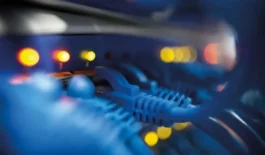(Daily Point) — In a groundbreaking collaboration with Stanford’s Dynamic Design Lab, Toyota has unveiled a revolutionary innovation: the world’s first self-drifting GR Supra.
This project not only showcases cutting-edge technology but also aspires to revolutionize road safety by integrating professional racing instincts with artificial intelligence (AI) for advanced vehicle automation.
The overarching question driving this initiative is ambitious: ‘What if every driver possessed the reflexes of a professional racer and the foresight of a supercomputer?’ This inquiry leads to an exploration of how racing instincts and automated driving can synergize to elevate safety standards on the roads.
The self-drifting GR Supra isn’t just a display of technological prowess; it acts as a testbed for the development of sophisticated safety technology. Toyota envisions that the insights gained from this project could have widespread applications across the automotive industry. Gill Pratt, the CEO and chief scientist at Toyota Research Institute (TRI), emphasizes the project’s objective of leveraging the expertise of skilled drivers to create control algorithms that enhance human driving abilities, ultimately ensuring safety.
Drawing inspiration from the driving styles of professional drifters, the self-drifting Supra integrates machine-learning technology with algorithms derived from human drifters. Engineers, in collaboration with Toyota Racing Development and Stanford University, are diligently working to establish a new level of active safety technology capable of handling extreme driving situations.
The necessity for such innovations is underscored by alarming statistics on car-related fatalities, reaching nearly 40,000 in the United States and 1.25 million worldwide each year. The self-drifting Supra seeks to empower vehicles with the capability to navigate emergencies beyond the ordinary driver’s abilities.






























